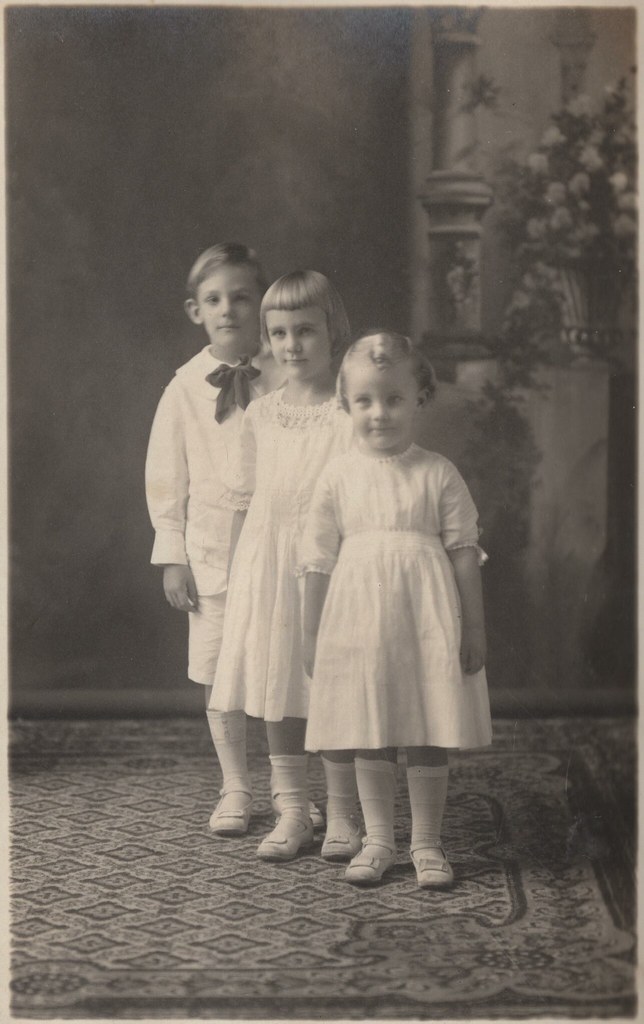Size Matters: Short Stories and Novellas
Hey there, fellow wordsmiths! Are you curious about the key differences between short stories and novellas? Or perhaps you’re a budding writer trying to determine which format best suits your creative vision? You’ve come to the right place! In this article, we’ll dig deep into the world of short stories and novellas, highlighting their unique characteristics, similarities, and how each format can engage readers in different ways. So, grab your favorite writing tool, settle in, and let’s embark on this literary adventure together!

Small but Packs a Punch
Defining Short Stories: Brevity and Impact
A short story is a brief work of fiction that typically ranges from 1,000 to 7,500 words. Due to its limited length, a short story must be tightly focused, often concentrating on a single character, incident, or theme. Short stories are known for their ability to create a powerful emotional impact or reveal a profound truth in a short space.
Characteristics of Short Stories
- Concise plot: Short stories feature a streamlined plot that centers around a single conflict or incident, allowing for swift resolution.
- Limited characters: A small cast of characters helps maintain focus and allows for deeper character development.
- Focused themes: Short stories often explore a singular theme or message, creating a cohesive narrative.
- Economy of language: Due to their brevity, short stories require precise and impactful language to convey meaning.
Classic Examples of Short Stories
- “The Lottery” by Shirley Jackson
- “A Good Man is Hard to Find” by Flannery O’Connor
- “The Tell-Tale Heart” by Edgar Allan Poe
Defining Novellas: The Middle Child of Fiction
A novella is a work of fiction that falls between a short story and a novel in terms of length, typically ranging from 20,000 to 50,000 words. Novellas allow authors to delve deeper into character development and plotlines while still maintaining a relatively concise structure.
Characteristics of Novellas
- Extended plot: Novellas have more room to explore complex or multi-layered plots, often encompassing multiple events or conflicts.
- Expanded characters: The increased length allows for a larger cast of characters and more extensive character development.
- Varied themes: Novellas can explore multiple themes or messages throughout the narrative, creating a more nuanced story.
- Balanced pacing: The length of a novella allows for a balance between the swift pacing of a short story and the slow burn of a novel.
Classic Examples of Novellas
- “Heart of Darkness” by Joseph Conrad
- “Of Mice and Men” by John Steinbeck
- “The Old Man and the Sea” by Ernest Hemingway

Similarities Between Short Stories and Novellas
While they differ in length and scope, short stories and novellas share some common ground, including:
- Concise storytelling: Both forms prioritize concise storytelling and avoid extraneous details.
- Character-driven narratives: Short stories and novellas often focus on the personal journeys and growth of their characters.
- Accessible reading experiences: The shorter lengths of these works make them easily digestible for readers with limited time or attention spans.

Choosing Between Short Stories and Novellas
As a writer, determining whether your idea is better suited for a short story or a novella will depend on the scope and complexity of your narrative. Consider the following:
- Plot: Does your story have a simple, focused plot, or does it require more space to develop multiple plotlines?
- Characters: Can your characters be adequately developed within a limited word count, or do they require more depth and exploration? 3. Themes: Is your story centered on a single theme or message, or does it incorporate multiple themes that need further elaboration?
- Pacing: Does your story benefit from a brisk pace, or does it require a more leisurely tempo to fully engage the reader?
By considering these factors, you can determine the most effective format for your story and ensure that it resonates with your intended audience.
The Importance of Word Count in Short Stories and Novellas
While word count is not the sole determinant of a story’s quality, it is an important factor to consider when writing and editing. Adhering to the conventional word count ranges for short stories and novellas can help ensure that your work is appropriately paced, structured, and engaging for readers. Furthermore, meeting industry standards for word count can improve your chances of publication and help you gain recognition as a writer.

Tips for Writing Engaging Short Stories and Novellas
- Start with a strong hook: Capture your reader’s attention from the beginning with an intriguing opening that sets the tone and introduces the central conflict.
- Develop relatable characters: Create characters with depth, flaws, and relatable motivations to help readers become emotionally invested in their journeys.
- Focus on a central theme: Choose a theme or message that resonates with your audience and use your story to explore it from various angles.
- Use vivid imagery and sensory details: Engage your reader’s senses by incorporating vivid descriptions that bring your story to life.
- Revise and edit: Polish your work by revising for clarity, removing unnecessary words, and ensuring that your story flows smoothly from beginning to end.

Final Thoughts on Short Stories and Novellas
And there you have it, fellow writers! We hope this exploration of short stories and novellas has shed some light on their unique features and similarities. By understanding the nuances of these two literary forms, you can craft engaging and impactful stories that truly resonate with your readers. So, whether you’re weaving a concise, emotional short story or diving into the deeper waters of a novella, remember to trust your creative instincts and have fun along the way. Happy writing!







